#spanish colonial art
Explore tagged Tumblr posts
Text

King Charles II of Spain in Spanish colonial art..
#monarquía española#reyes de españa#carlos ii#carlos el hechizado#rey de españa#viva el rey#casa de austria#reino de españa#house of habsburg#kingdom of spain#spanish colonial#spanish colonial art#virreinatos americanos#american viceroyalties
9 notes
·
View notes
Text

The Descent of Christ into Limbo, circa 1660s-1670s, Peru. Probably Diego Quispe Tito (Peruvian, 1611-1681). The Thoma Collection.
Unknown model.
#fangledeities#limbo#spanish colonial art#south american art#peruvian#17th century#life of christ#catholic art#catholicism#religious art#art history#diego quispe tito
5 notes
·
View notes
Text
Spanish colonial art
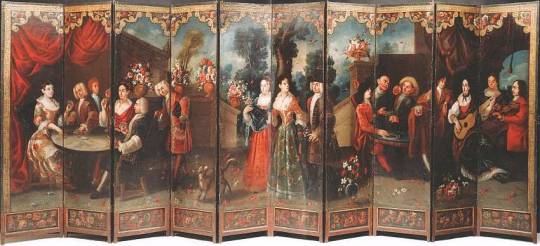
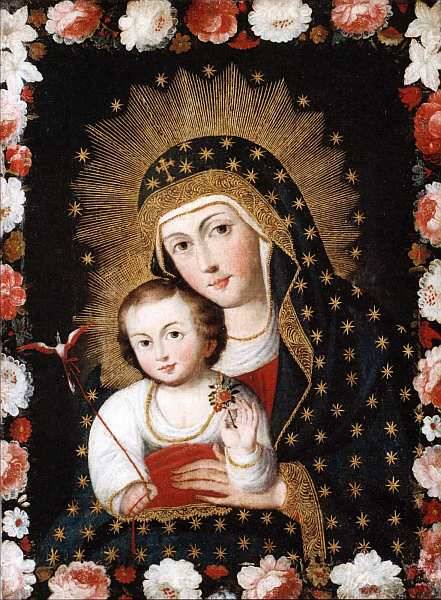
Unknown master. Madonna and Child and Bird. 1745. The winner is always stronger. Together with the warrior’s boot, a new order, a foreign philosophy, comes to the conquered lands. And no matter how much the defeated people want to preserve their identity, gradually local traditions are mixed with foreign rules. And a new culture is being formed - unique, original, interesting. This is how Spanish colonial art emerged. Read the full article
0 notes
Text
Stunning Codex Documenting Aztec Culture Now Fully Digitized The 16th-century “Florentine Codex” offers a Mexican Indigenous perspective that is often missing from historical accounts of the period.
{read}
#tiktok#article#Florentine Codex#16th century#nahuatl#aztec#hyperallergic#colonialism#colonization#genocide#spain#digital archives#art#art history#language#spanish conquest#indigenous#mexico#history
284 notes
·
View notes
Text



fanart chibis :D
designs by sucker7puncher (instagram)
#art#illustration#digitalart#digitaldrawing#countryhumans#countryhumansart#countryhuman#countryhumansamerica#countryhumansspanishempire#countryhumansspain#countryhumansthirteencolonies#countryhumans13colonies#artwork#digitalartwork#digitalillustration#countryhumans art#countryhumans america#countryhumans spanish empire#countryhumans spain#countryhumans thirteen colonies#countryhumans 13 colonies#digital artwork#digital illustration#digital drawing#digital art#countryhumans usa#countryhumansusa
258 notes
·
View notes
Text

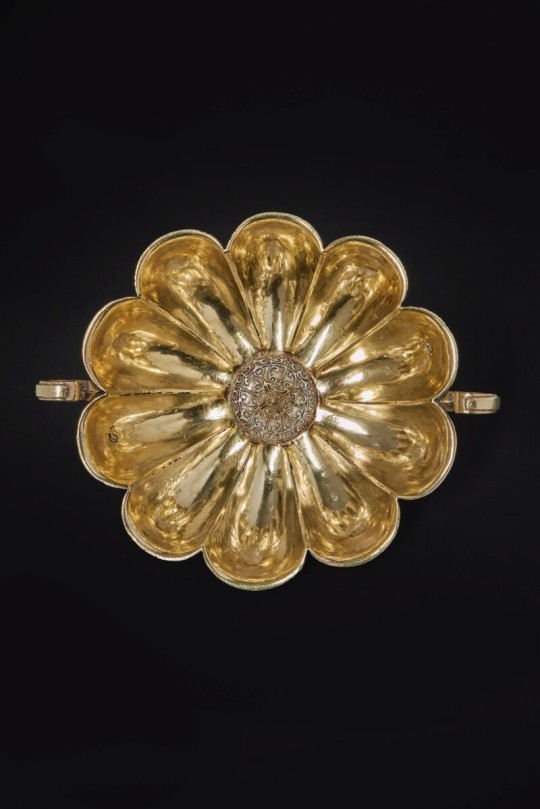
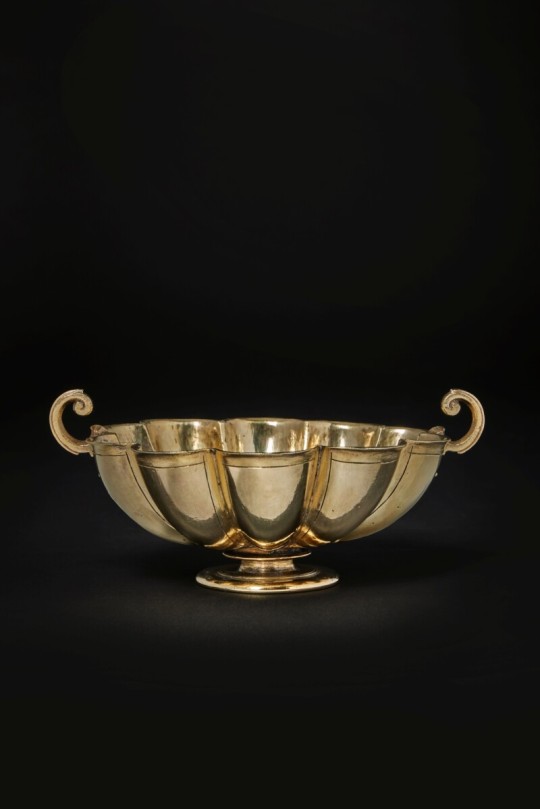
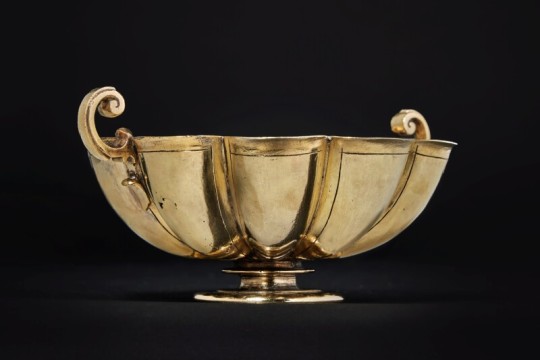
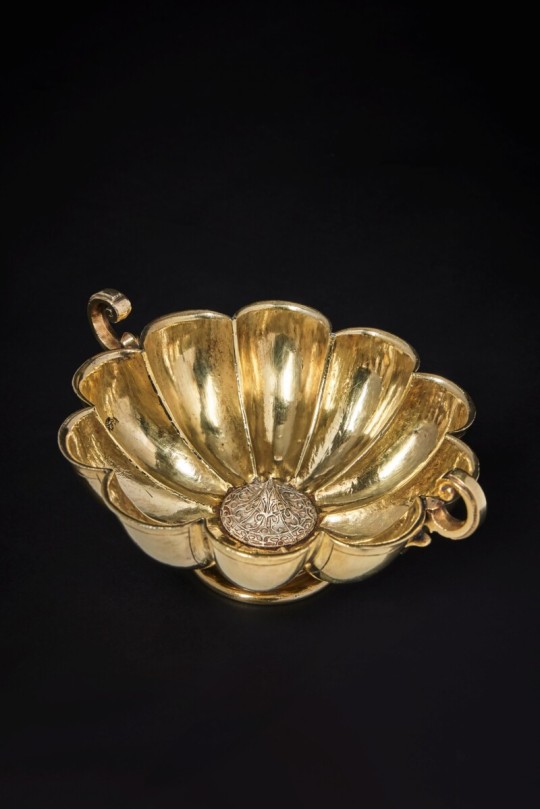
A Rare Spanish Colonial Silver-Gilt Two-Handled Cup from the Atocha Shipwreck Bogotá, Colombia, circa 1620
Nuestra Señora de Atocha was a Spanish treasure galleon and the most widely known vessel of a fleet of ships that sank in a hurricane off the Florida Keys in 1622. At the time of her sinking, Nuestra Señora de Atocha was heavily laden with copper, silver, gold, tobacco, gems, and indigo from Spanish ports at Cartagena and Porto Bello in New Granada (present-day Colombia and Panama, respectively) and Havana, bound for Spain. The Nuestra Señora de Atocha was named for the Basilica of Nuestra Señora de Atocha in Madrid, Spain. It was a heavily armed Spanish galleon that served as the almirante (rear guard) for the Spanish fleet. It would trail behind the other ships in the flota to prevent an attack from the rear.
Much of the wreck of Nuestra Señora de Atocha was famously recovered by an American commercial treasure hunting expedition in 1985. Following a lengthy court battle against the State of Florida, the finders were ultimately awarded sole ownership of the rights to the treasure.
#A Rare Spanish Colonial Silver-Gilt Two-Handled Cup from the Atocha Shipwreck#Bogotá Colombia#circa 1620#Atocha#Nuestra Señora de Atocha#Spanish treasure galleon#treasure#shipwreck#silver#ancient artifacts#archeology#archeolgst#history#history news#art#antique
70 notes
·
View notes
Photo


What a bargain! It’s an unusual 1913 Arts & Crafts Spanish Colonial (which I’ve never heard of) in Decatur, Illinois. 4bd 2.5ba and is listed at only $324,900.

The realtor’s description says that it’s been cared for and cherished. The foyer really looks like Arts & Crafts style.


Isn’t this amazing for the price? I love the ceiling, and look at the unusual crown molding.

Huge dining room.


And, look at the spacious sunroom. It’s a 4 seasons room, too, b/c it has 2 big radiators, plus a beautiful brick fireplace.



Look at this wonderful Arts & Crafts kitchen. The cabinetry is superb, coupled with the quartz counters.

Look at how cute the powder room is.


Such a pretty main bd. and en-suite.

The secondary bds. are spacious.

One of the other nice baths.

Beautiful 2nd floor sunroom.

It has a big porte-cochere and look at the built-in bench.


Lovely patio and yard, plus a 3 car garage.

Large home in a lovely neighborhood for less than $325K.
https://www.brinkoetter.com/listing/6227081-891-william-street-decatur-il-62522/
#arts and crafts home#spanish colonial home#arts & crafts spanish colonial home#houses#house tours#home tour
234 notes
·
View notes
Text

La Amistad, 1839 by unknown
This 1839 oil painting of La Amistad shows the ship off Long Island, New York, next to the USS Washington. The Portuguese were the first and the last to partake in the Transatlantic Slave Trade. The Spanish were also major transatlantic slavers and committed a genocide of the Native Cuban peoples when they colonized Cuba. The Spanish empire enslaved people of African origin and they often depended on others to obtain enslaved Africans and transport them across the Atlantic. Spanish colonies were major recipients of enslaved Africans, with around 22% of the Africans delivered to American shores ending up in the Spanish Empire. The story of the Amistad began in February 1839, when Portuguese slave hunters abducted hundreds of Africans from Mendeland, in present-day Sierra Leone, and transported them to Cuba, then a Spanish colony. Though the United States, Britain, Spain and other European powers had abolished the importation of enslaved peoples by that time, the transatlantic slave trade continued illegally, and Havana was an important trading hub. The Spanish plantation owners Pedro Montes and Jose Ruiz purchased 53 of the African captives as enslaved workers, including 49 adult males and four children, three of them girls. On June 28, Montes and Ruiz and the 53 Africans set sail from Havana on the Amistad (Spanish for “friendship”) for Puerto Principe (now Camagüey), where the two Spaniards owned plantations. Several days into the journey, one of the Africans—Sengbe Pieh, also known as Joseph Cinque—managed to unshackle himself and his fellow captives. Armed with knives, they seized control of the Amistad, killing its Spanish captain and the ship’s cook, who had taunted the captives by telling them they would be killed and eaten when they got to the plantation. In need of navigation, the Africans ordered Montes and Ruiz to turn the ship eastward, back to Africa. But the Spaniards secretly changed course at night, and instead the Amistad sailed through the Caribbean and up the eastern coast of the United States. On August 26, the U.S. brig Washington found the ship while it was anchored off the tip of Long Island to get provisions. The naval officers seized the Amistad and put the Africans back in chains, escorting them to Connecticut.
#portuguese slave trade#spanish slave trade#la amistad#slavery#portuguese#spanish#seascape#boat#ship#uss washington#cuba#habana#havana#history#historical#colonies#colonization#colonialism#art#fine art#european art#classical art#europe#european#fine arts#oil painting#europa#american history#plantation#plantations
23 notes
·
View notes
Text
Hey Neighbors! So, this is only related to Napoleonic era very loosely, but I recently found out something interesting about Goya.
Or well, not GOYA HIMSELF per se, but one of the people he knew.
Meet María del Pilar Teresa Cayetana de Silva Álvarez de Toledo, the 13th Duchess of Alba, a patron of Goya and his ALLEGED lover/muse. We don’t know if they were lovers. The paintings below are Goya’s btw:
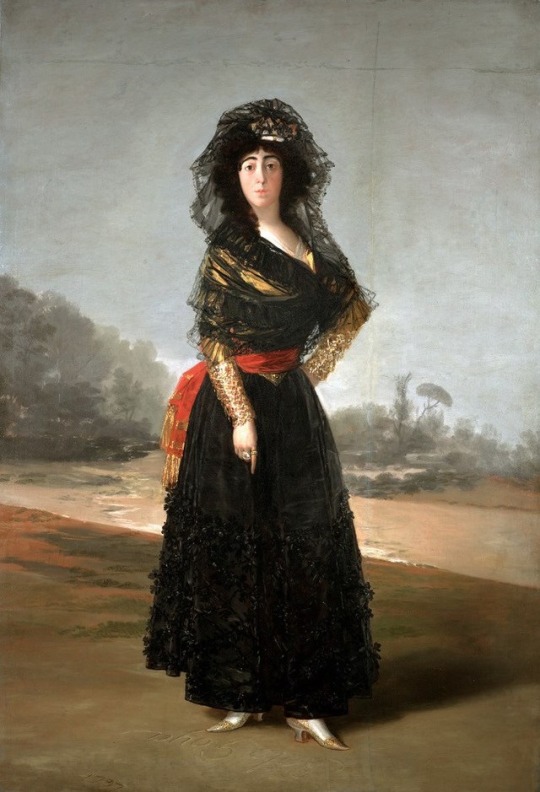
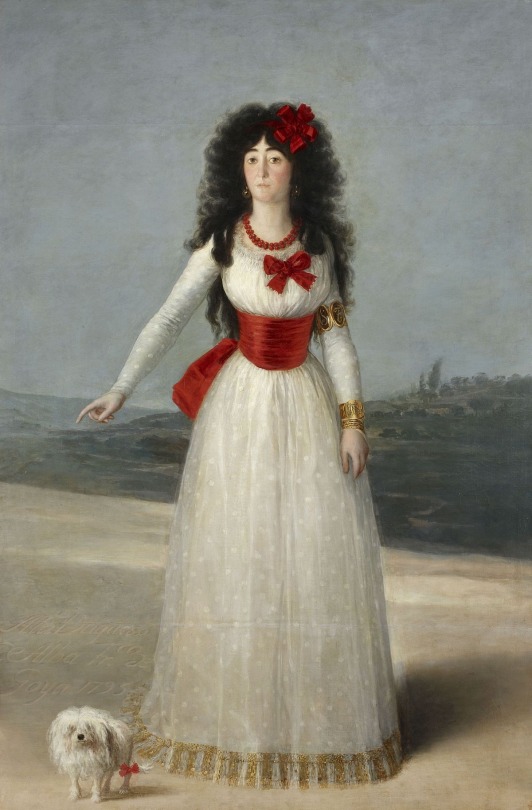
So, what is important to know here is that the Duchess of Alba was one of the wealthiest people in all of Spain.
One of the last descendants of a powerful aristocratic family, the Duchess was married off to a cousin at age 12 to keep their titles and wealth in the same family.
There is even a theory that the model who posed for The Nude Maja and The Clothed Maja was this particular woman, but this is not proven:
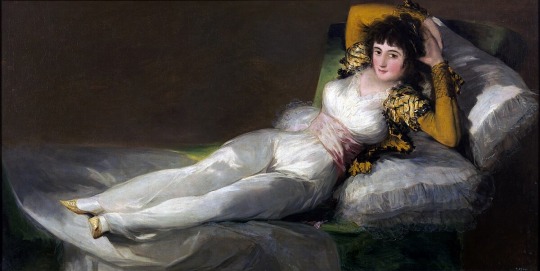
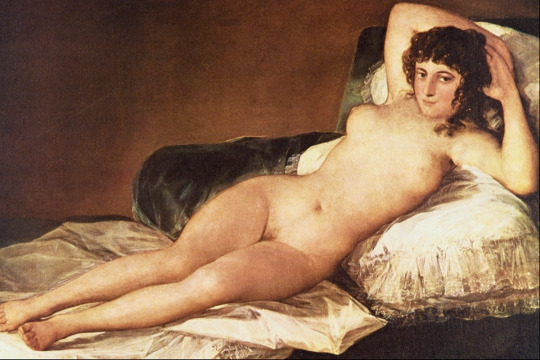
The Duchess died quite suddenly in her forties, officially of tuberculosis. Not much as truly known about her, though we DO know that she and her husband were childless.
However, the Duchess did have a foster daughter of sorts!
Meet María de la Luz, a child of Cuban slaves basically gifted to the Duchess, but promptly freed and raised as a daughter:
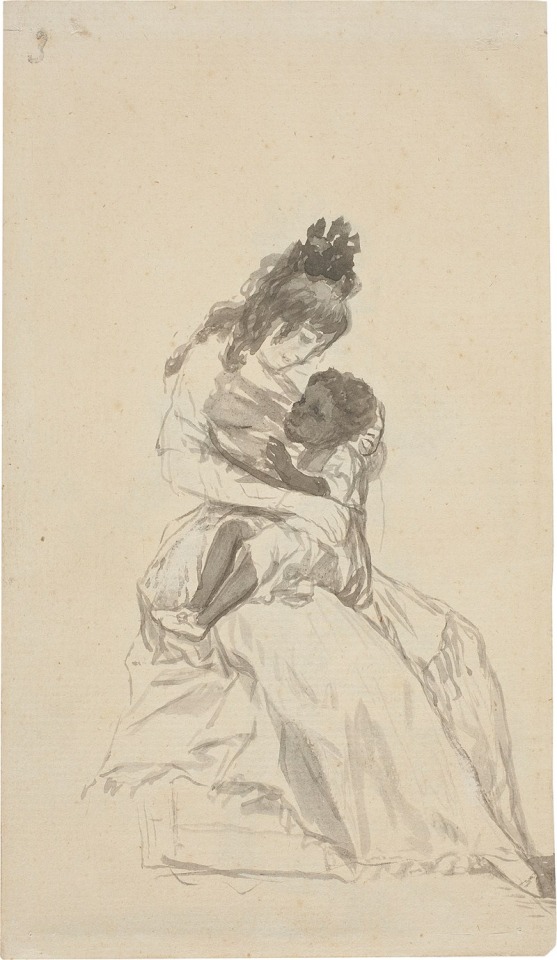
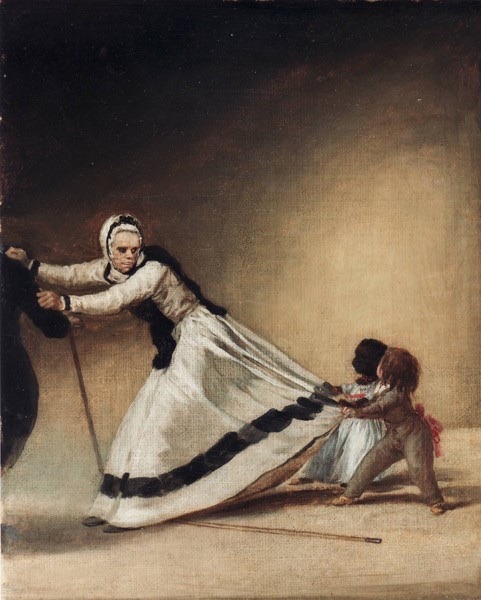
While the girl definitely was a victim of slavery and colonialism, she was the closest thing the Duchess had to a daughter and she even became a beneficiary of a large chunk of the impressive fortune of her foster mother.
María de la Luz could not become the next Duchess of Alba though, as Cayetana de Alba had male blood relatives who ended up getting the title and the lands, but María de la Luz was definitely set for life and still became very rich thanks to the inheritance.
We don’t know what happened to the girl, but there is a book that explores her story in the realm of fiction, and I think I’m going to review it in the future…
Here is the book btw!

It’s written by an Uruguayan author, who apparently wrote a book about Frev too…
The title here is translated as Cayetana’s Daughter, as that was essentially the relationship between the Duchess and María de la Luz.
P. S. ALL of the artwork shown was made by Goya, including the portrait of the Duchess with the baby.
#duchess of alba#spanish art#spanish history#fransisco de goya#maria de la luz#slavery tw#colonialism#black stories#black history
23 notes
·
View notes
Text

❝ Capac Cuna Inca o Genealogía de los Incas (18th century) ❞
This canvas illustrates the “Inca family tree”. The Spanish monarchy of the time sought to legitimize its absolute power over the conquered territories. To this end, the Spanish were obliged to demonstrate that the conquest of Peru did not spell the end of the Inca dynasty, and that the kings of Spain were their only legitimate heirs. In this painting, the Holy Roman Emperor Carlos V appears as the successor to Atahualpa, and Carlos IV – the last king represented – figures as the 25th Inca emperor of Peru.
#charles v#atahualpa#inca#incans#amerindians#moors#indigenous peoples#south america#peru#conquest of peru#spain#new spain#new granada#new andalusia#kingdom of spain#spanish#spanish empire#catholicism#christianity#conquistadors#imperialism#colonialism#settler colonialism#colonization#paintings#art#18th century#1700's
7 notes
·
View notes
Text
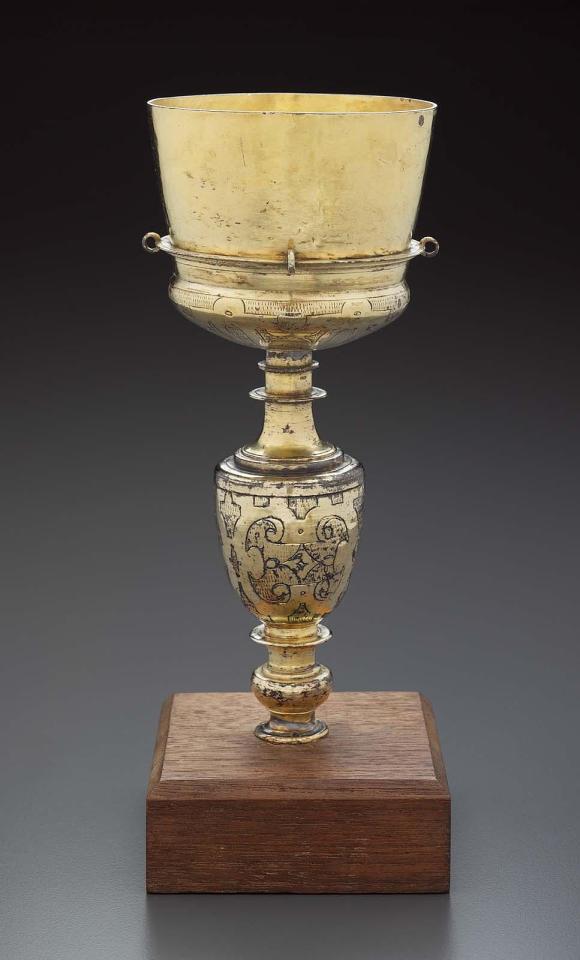
▪︎ Cáliz (Chalice).
Culture: Spanish Colonial
Date: ca. 1600
Place of origin: Mexico City, Mexico
Medium: Silver gilt
#history of art#decorative arts#history#art#17th century#cáliz#chalice#mexico#mexican#spanish#spanish colonial#mexico city#ca. 1600
69 notes
·
View notes
Text


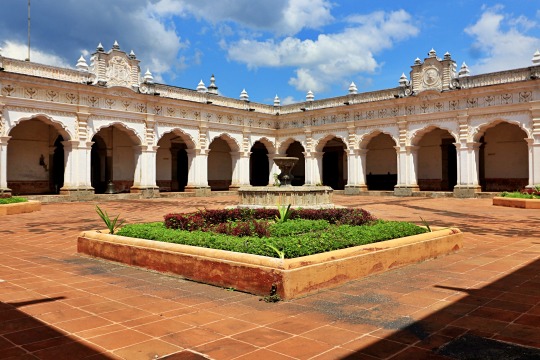
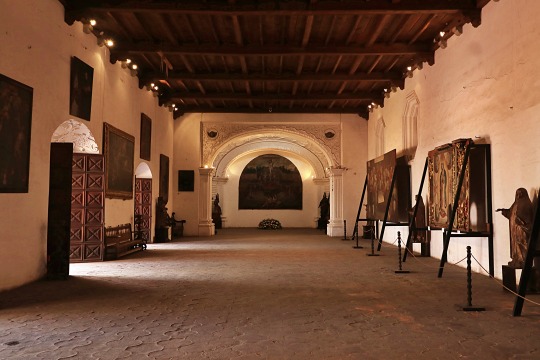

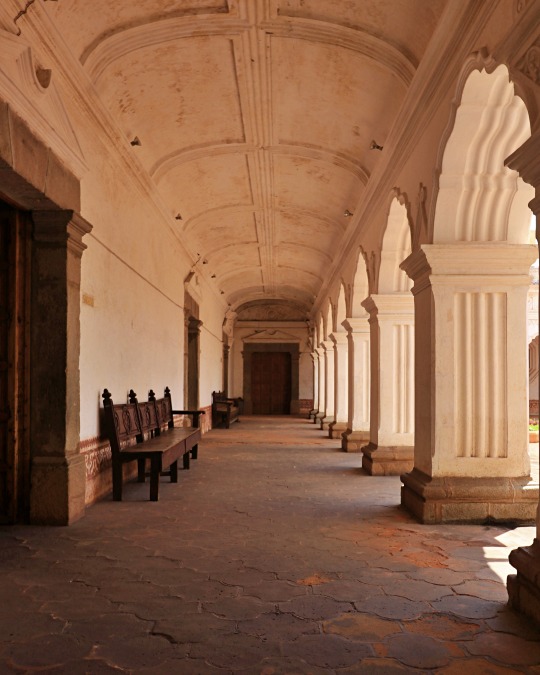
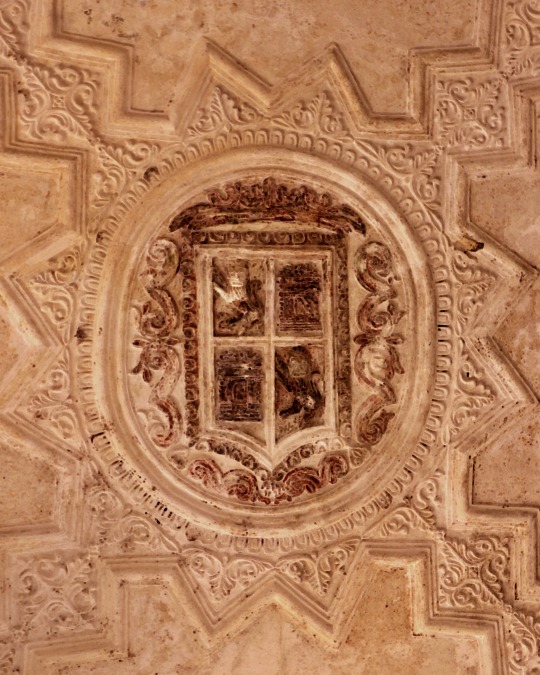
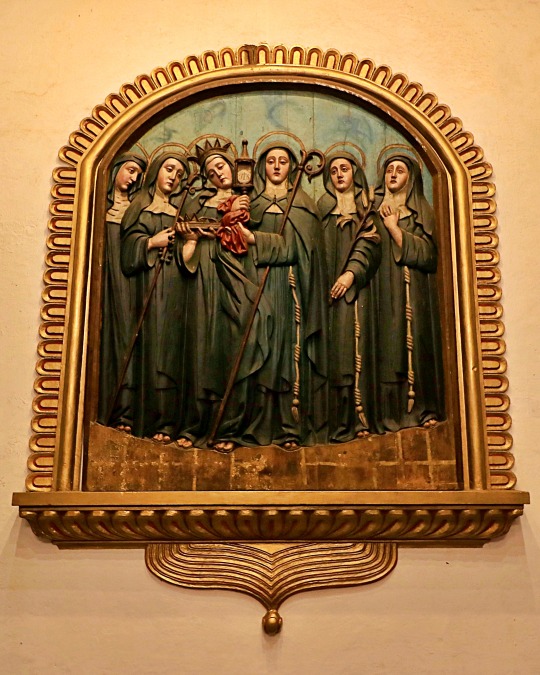
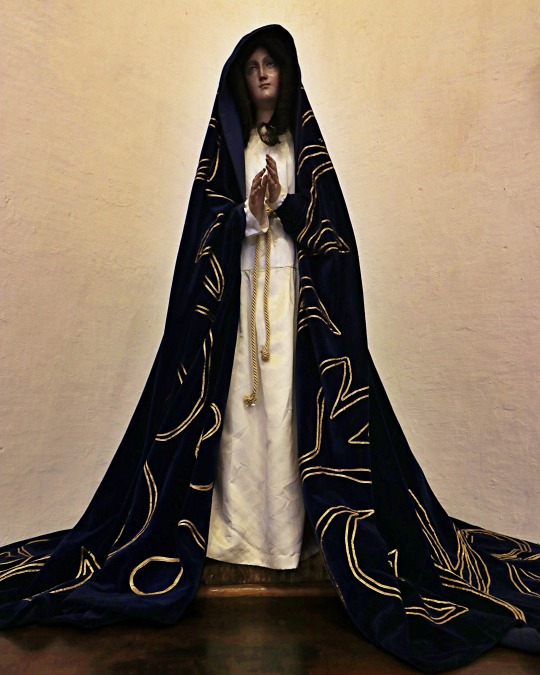
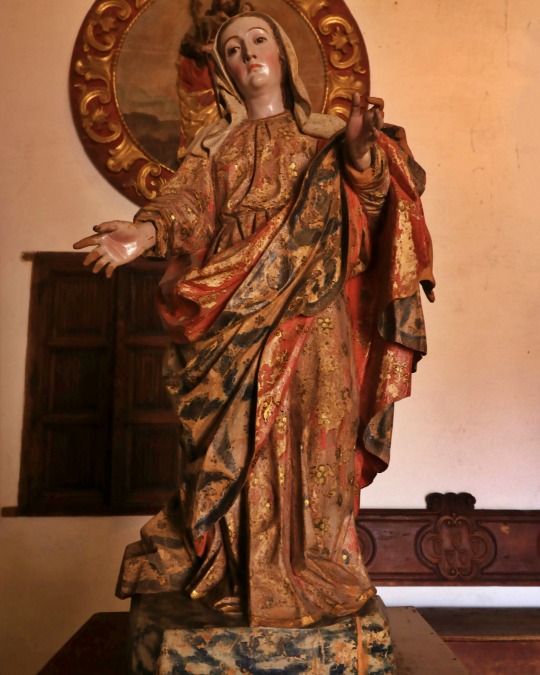
Museo de Arte Colonial ( Antigua / Guatemala )
#photooftheday#travelphotography#adventure#aroundtheworld#antigua guatemala#colonial america#colonial#travel#explore#artcolonial#national museum#spanish colonial#trip#antigua#art#artwork#history#guatemala#pickoftheday
9 notes
·
View notes
Text

Eiza González Reyna (Mexican, born January 30, 1990)
Devotion to the Sacred Heart, 18th century. Unknown artist (Spanish Colonial, probably Peruvian, 18th century).
#fangledeities#eiza gonzalez#mexican actress#mexican singer#Spanish colonial#peruvian art#christian symbolism#christian art#spanish imperialism#sacred heart#worship
3 notes
·
View notes
Text
Spain: Supreme Court confirms CNT unionists’ prison sentences
News, Jul 18th: The Suiza 6 face three and a half years each for protesting outside their workplace
Union branches across Spain have denounced the Supreme Court’s confirmation of prison sentences against six bakery workers for picketing. The workers were sentenced to three and a half years in prison and a fine of over 100,000 Euro. The workers at La Suiza bakery in Gijón took action to protest unpaid overtime and poor working conditions.
Full report:
#cnt#ait#iwa#internationalworkersassociation#supreme court#spain nt#madrid spain#spain 2024#spain women's national team#spain#spanish gp 2024#spanish photographers#spanish art#spanish royal family#spanish language#spanish#class war#eat the rich#eat the fucking rich#antinazi#anti colonialism#anti cop#anti colonization#antifaschismus#antifaschistische aktion#antifascismo#antifascist#antiauthoritarian#antifa#anti capitalism
3 notes
·
View notes
Text

Domingo Ortiz, Portrait of Sor Juana de Nuestra Señora de Guadalupe, 1797, oil/canvas (Metropolitan Museum of Art, New York)
This painting exemplifies an unusual type of portraiture that is unique to colonial Mexico. It commemorates the ceremony during which a sixteen-year-old girl professed the vows of a Conceptionist nun and entered the Mexico City convent of Regina Coeli. She wears the profession regalia of the Order of the Immaculate Conception, including the characteristic nuptial crown and rings that identify her as a "bride of Christ." She is dressed in the distinctive habit of the order, popularly known as "blue nuns," after the color of their robes. Over her heart, she wears a large pictorial badge that depicts the Virgin Mary flanked by her parents, Saint Joachim and Saint Anne. The wearing of such badges was a practice unique to Conceptionist and Jeronymite nuns. She carries a small, dressed sculpture of the Christ Child who raises his right hand in blessing and, in the other hand, holds a blue globe that symbolizes his dominion over the world. The use of such images as devotional aids was widespread, especially among women, who often received them as gifts from their mothers or other female relatives. Sometimes called "crowned nuns," portraits like this one not only record the appearance of a young woman at the time of her religious profession, but they alsoportray the taking of a new name and identity. Sor Juana de Nuestra Señora de Guadalupe, formerly Juana Valdés, has assumed a religious identity as well as a patriotic one, whose new name references the patroness of New Spain. The portrait would have been displayed in the home of her parents, where it not only recalled the presence of an absent child but also served as a visible marker of the family’s piety, wealth, and social prestige.
3 notes
·
View notes
Text

HECTOR ALEJANDRO JUAN CARLOS DOMINGUEZ
From Kingdom Of The Kaiju
Hoping to prove his worth, an impetuous Spaniard left Havana to find his fortune in the new world. Venturing into the depths of uncharted land, he found a city of splendor. Hidden from the world. Dominguez fell in love with its people and believed he could build good relations. Soon horrified to lean its golden steps were bathed in blood.
A society controlled by a dark heathen god, craving the flesh of the innocent, controlling a greedy king and devoted priests to accomplish his unholy will. Dominguez allies with unlikely friends, a Kaiju out of her time, a princesses spared from a grisley sacrificec, and natives hoping to break free from tyranny. The following events having untold ramifications on the future of humanity
#character design#drawing#anime and manga#character art#original character#character#dnd character#mythology#aztec#spanish#conquistador#history#colonialism#sci fi and fantasy
2 notes
·
View notes